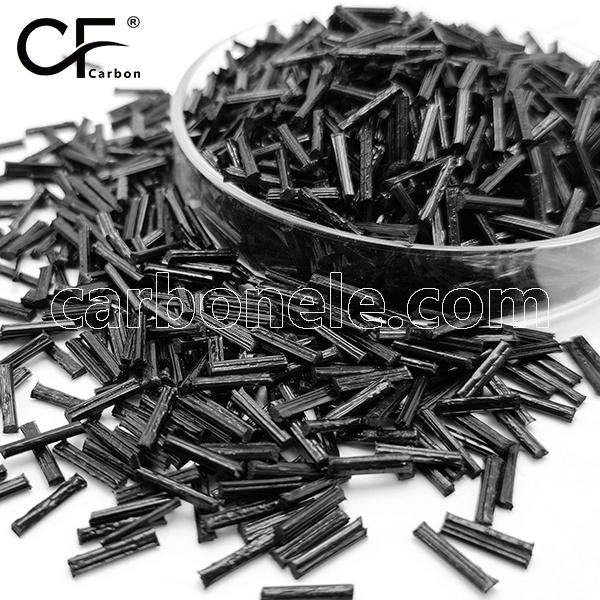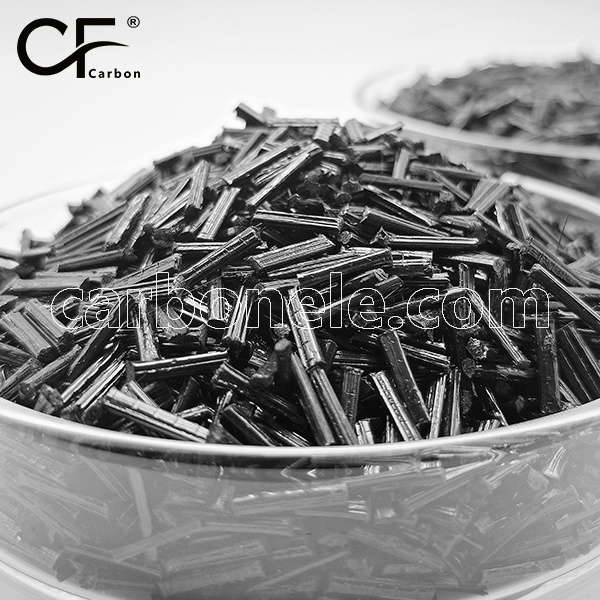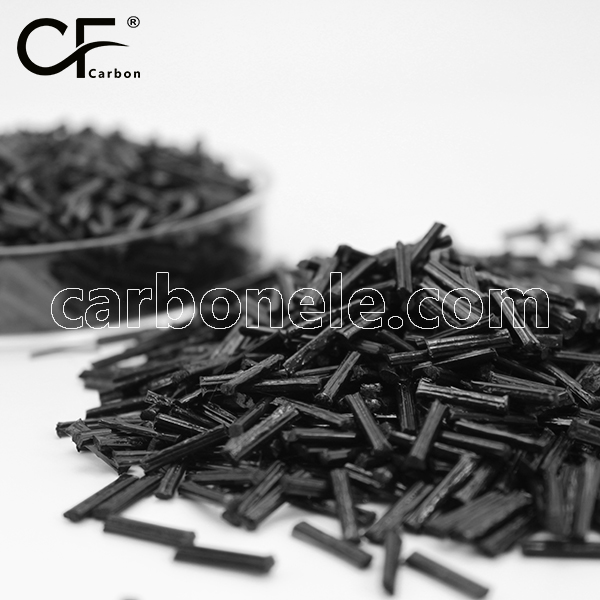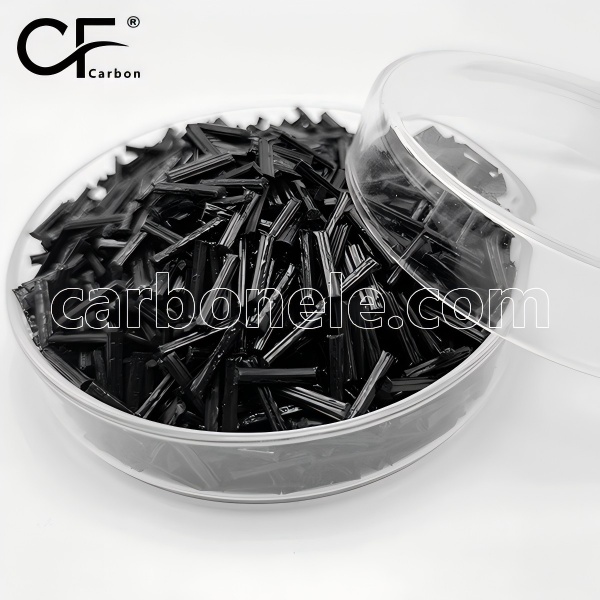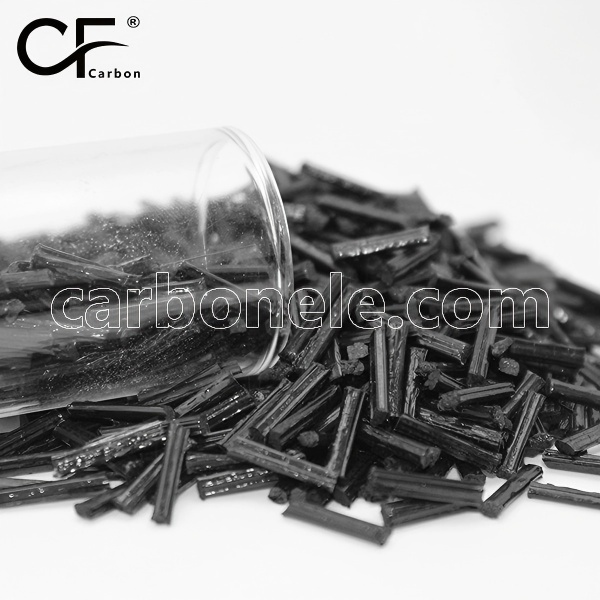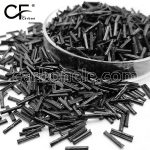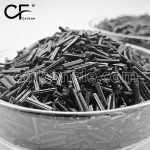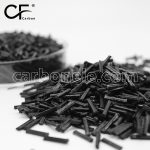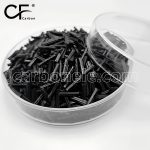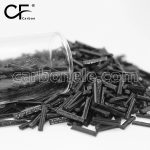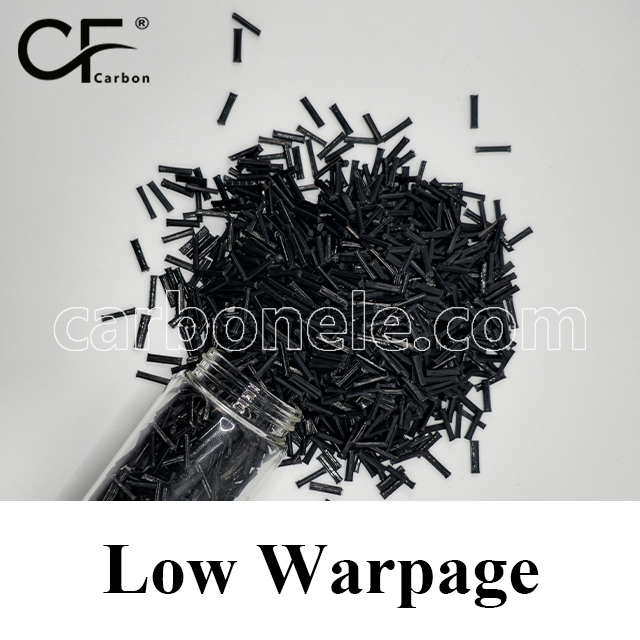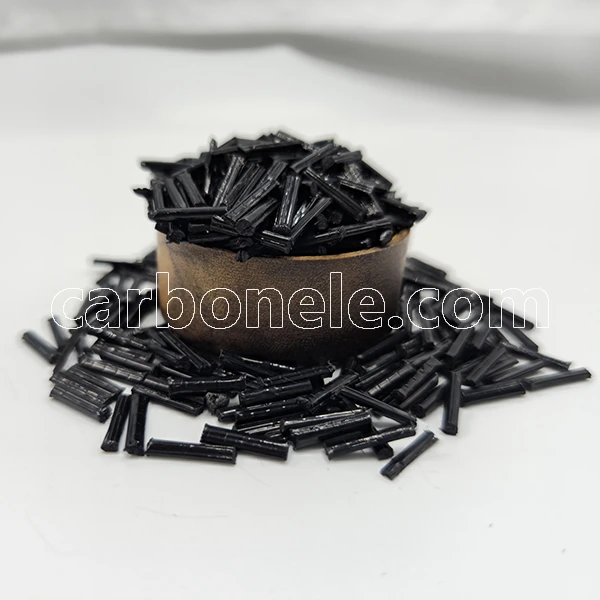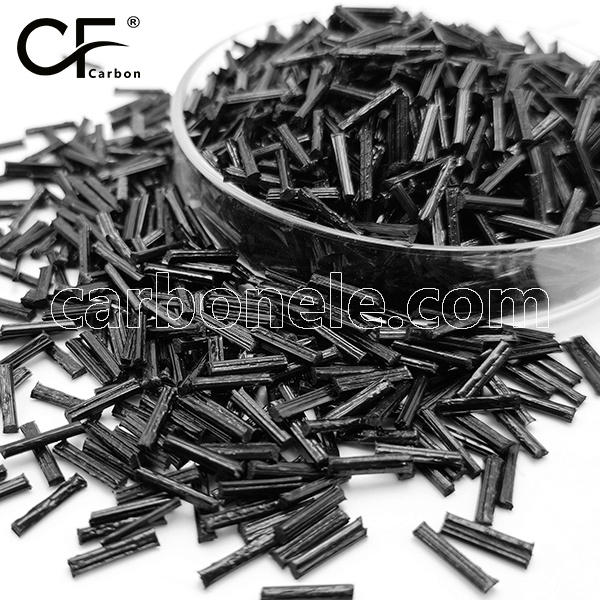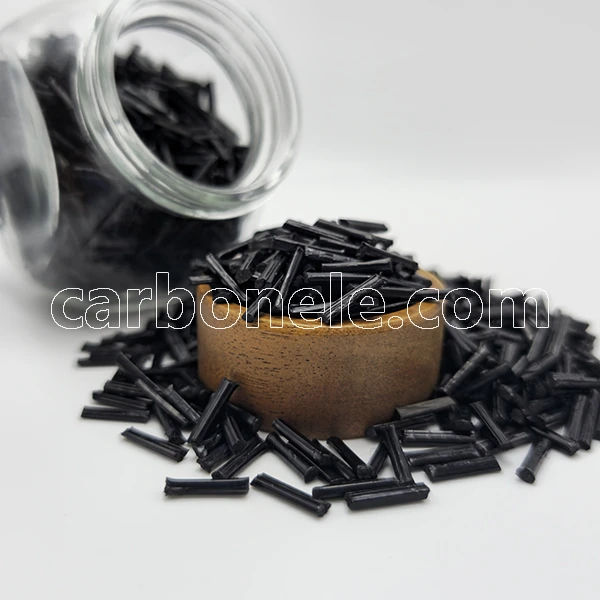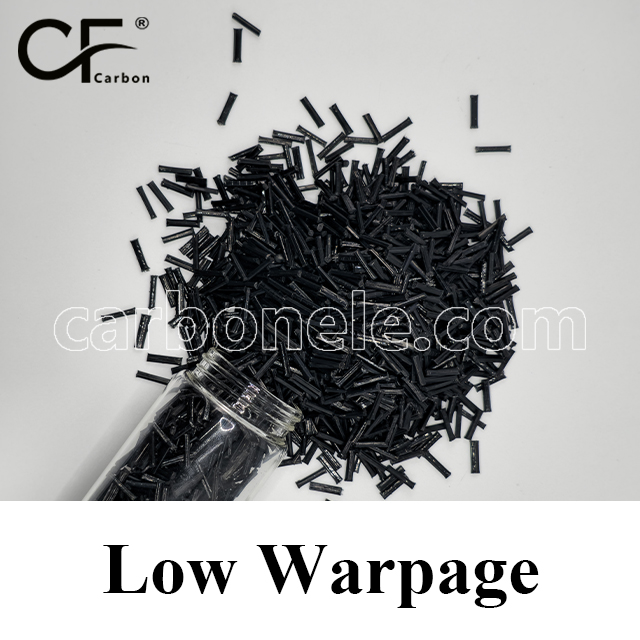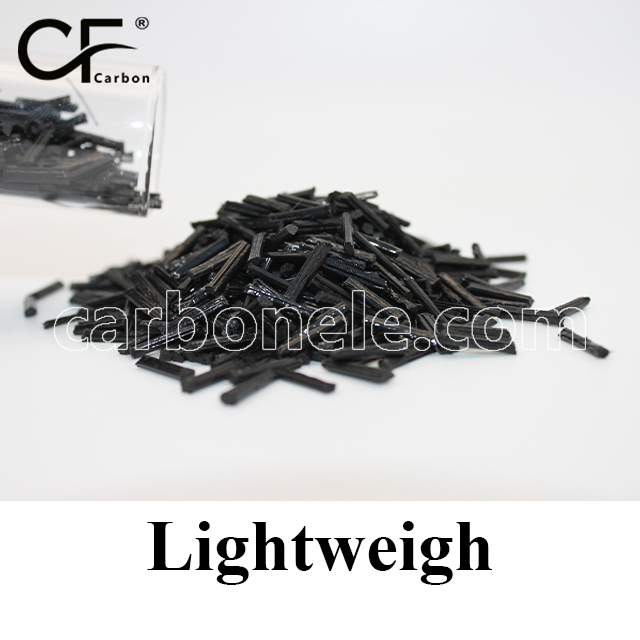The friction coefficient of pure PEI typically ranges between 0.3 and 0.4, depending on the specific surface and conditions of use. When low carbon fiber (LCF) is added to create PEI-LCF, the friction coefficient generally decreases due to the enhanced wear resistance and lubrication properties provided by the carbon fibers. For PEI-LCF, the coefficient of friction typically ranges from 0.25 to 0.35, depending on the carbon fiber content and surface conditions. The addition of low carbon fibers reduces friction, improves wear resistance, and enhances the material’s performance in moderate stress and abrasive environments.

PEI-LCF60 Medical – Gamma-Sterilized Implants
PEI-LCF60 composite combines high-strength polyetherimide with long carbon fiber reinforcement, delivering exceptional stability and durability for medical implants. Engineered to withstand gamma sterilization without loss of performance, PEI-LCF60 is ideal for orthopedic devices, dental components, and precision surgical instruments.
- Model number: PEI-LCF-BCA6
- Matrix Resin: Polyethyleneimine (PEI)
- Reinforcing Filler: Long carbon fiber
- Appearance: Granules
- Grade: Injection/extrusion grade
- Packaging: 25kgs/bag
PEI-LCF60 Medical – Gamma-Sterilized Implants
Introduction to PEI-LCF60
PEI-LCF60 is a high-performance composite material that combines polyetherimide with long carbon fiber reinforcement, engineered for applications requiring exceptional strength, thermal stability, and biocompatibility. This unique composition makes PEI-LCF60 a preferred choice in the medical field, where both structural integrity and patient safety are paramount.
One of the most valuable characteristics of PEI-LCF60 is its ability to maintain mechanical performance even after gamma sterilization. This process, widely used in medical manufacturing, ensures that implants are free from contaminants while preserving the part’s dimensions and structural stability.
Why PEI-LCF60 is Ideal for Medical Implants
Medical implants must withstand both the biological environment inside the body and the rigorous sterilization processes required before use. PEI-LCF60 offers the necessary combination of lightweight strength, long-term durability, and resistance to chemical and thermal degradation.
The composite’s long carbon fibers enhance stiffness without significantly increasing weight, while the polyetherimide matrix provides outstanding resistance to high temperatures and chemical exposure. This ensures that PEI-LCF60 implants remain stable during sterilization and over the course of their use inside the human body.
Key Benefits of PEI-LCF60 in Medical Applications
-
Maintains structural integrity after gamma sterilization
-
Offers high stiffness and lightweight characteristics for comfort and performance
-
Provides excellent resistance to body fluids and sterilization chemicals
-
Supports precision manufacturing for complex implant geometries
-
Delivers long-term reliability in demanding medical environments
Example Application: Orthopedic Implant Components
An orthopedic implant, such as a spinal fusion cage, requires both strength and stability to support the human body over many years. When made from PEI-LCF60, these components can be produced with fine structural details while ensuring they remain dimensionally stable after sterilization.
Using PEI-LCF60 in such implants allows for lightweight yet rigid structures that can be precisely tailored to the patient’s anatomy. Additionally, the material’s resistance to wear and fatigue ensures that the implant maintains its function over time without degradation.
Structural Reliability with PEI-LCF60
In orthopedic applications, material failure is not an option. PEI-LCF60 provides peace of mind by delivering consistent performance under both static and dynamic loads. Its stability ensures that implants remain secure and functional, even when subjected to the stresses of daily movement.
Extended Medical Uses of PEI-LCF60
While orthopedic implants are a prime example, PEI-LCF60 is also suitable for:
-
Dental implant components requiring sterilization
-
Surgical instrument handles with ergonomic and durable design
-
Temporary fixation devices for bone repair
-
Implantable housings for medical sensors or electronics
These varied applications highlight the versatility of PEI-LCF60 in supporting both patient care and advanced medical device design.
Manufacturing Advantages of PEI-LCF60
PEI-LCF60 is compatible with precision manufacturing methods, including injection molding, CNC machining, and additive manufacturing. This allows for the production of highly detailed, patient-specific implants without compromising material properties.
Design Freedom in Medical Engineering
With PEI-LCF60, medical device designers can create complex geometries and integrated features that would be difficult to achieve with metals or lower-grade polymers. The ability to mold thin yet strong structures opens possibilities for lighter, more comfortable medical devices.
Operational and Patient Care Benefits
By using PEI-LCF60, manufacturers can produce implants that not only meet regulatory standards but also improve patient outcomes. Reduced implant weight can increase comfort, while high rigidity ensures the implant performs as intended. Its resistance to sterilization processes ensures that devices arrive in the operating room in optimal condition.
Conclusion: PEI-LCF60 for Advanced Medical Solutions
PEI-LCF60 has proven itself as a medical-grade composite capable of meeting the stringent requirements of modern healthcare. By combining biocompatibility, sterilization resistance, and exceptional mechanical performance, it stands out as an ideal choice for medical implants.
From orthopedic devices to dental applications, PEI-LCF60 supports innovative design and reliable function, ensuring that both patients and medical professionals can trust its performance. In an industry where safety and reliability are essential, PEI-LCF60 delivers on every level.
If you want to get more information about PEI-LCF60, you can visit our YouTube.
Strength between PEI and PEI-LCF
PEI-LCF offers strong mechanical properties, excellent thermal stability, and chemical resistance for moderate-duty applications. With the addition of low carbon fiber content, PEI-LCF enhances stiffness, wear resistance, and mechanical strength, making it suitable for environments that require balanced strength and durability under moderate stress.
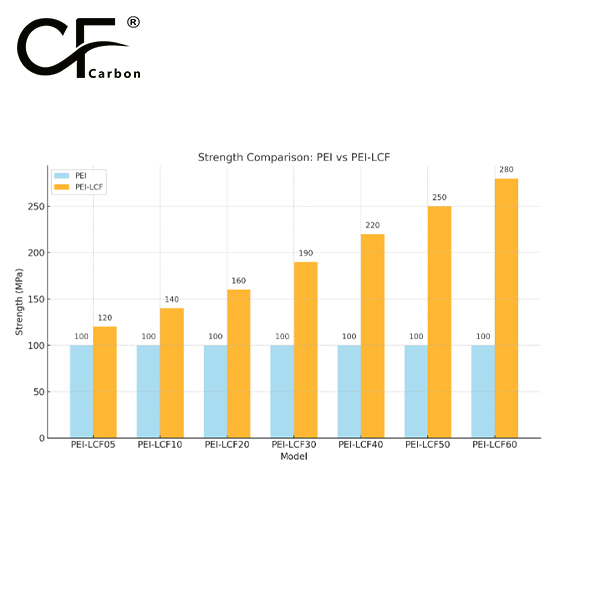
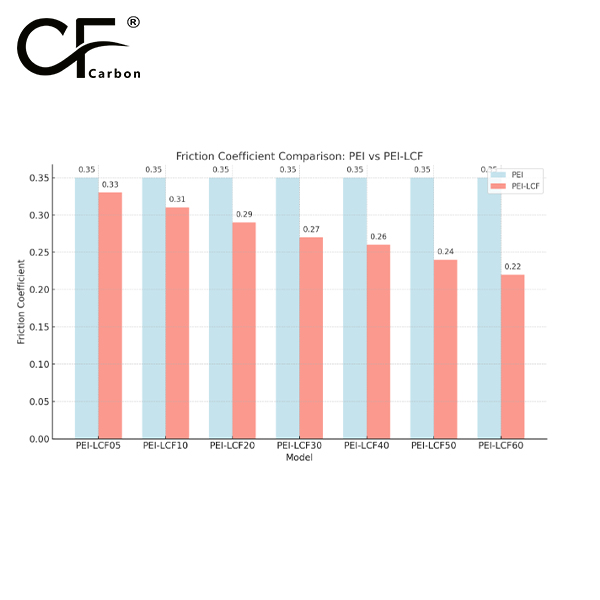

Frequently Asked Questions
Carbon (Xiamen) New Material Co., Ltd. aims to provide buyers with "one-stop" worry-free high-quality services. Here you can find all information about carbon fiber engineering plastics. If you still have questions, please send us an email for consultation!
-
How can I contact the manufacturer of a product that interests me?
When you find a product you are interested in, you can contact the manufacturer directly by sending an email and we will get back to you as soon as possible.
-
How do I find the products that interest me?
All you need to do is enter the keyword, product name in the search window and press the Enter key on your keyboard. Your search results page will then be displayed. You can also search within the product category pages on the home page. Each category is divided into subcategories, allowing you to refine your search and find products that interest you.
-
Where will I find a buying guide?
Please contact our after-sales service directly and we will provide you with a comprehensive operating guide.
-
What are CF Reinforced Thermoplastic Composites?
CF Reinforced Thermoplastic Composites are materials where carbon fibers are incorporated into a thermoplastic matrix. They combine the strength and stiffness of carbon fibers with the processability and recyclability of thermoplastics. For instance, they are used in automotive parts like bumper beams.
-
What are the benefits of CF Reinforced Thermoplastic Composites over traditional composites?
The key benefits include faster production cycles, easier recyclability, and better impact resistance. They also offer design flexibility. An example is in the manufacturing of consumer electronics casings where complex shapes can be achieved more easily.
-
How are CF Reinforced Thermoplastic Composites processed?
Common processing methods include injection molding, extrusion, and compression molding. Injection molding is widely used for mass production. For example, in the production of small components for the medical industry.
-
What industries use CF Reinforced Thermoplastic Composites?
They are utilized in aerospace, automotive, medical, and sports equipment industries. In aerospace, they can be found in interior components. In the medical field, they might be used in prosthetics.
-
How does the carbon fiber content affect the properties of the composites?
Higher carbon fiber content generally leads to increased strength and stiffness but may reduce ductility. A moderate content is often balanced for specific applications. For example, a higher content might be preferred in structural parts of a race car.
-
What are the challenges in using CF Reinforced Thermoplastic Composites?
Challenges include higher material costs, complex processing equipment requirements, and ensuring uniform fiber dispersion. Issues with adhesion between the fibers and the matrix can also arise. An example is in achieving consistent quality in large-scale production.







